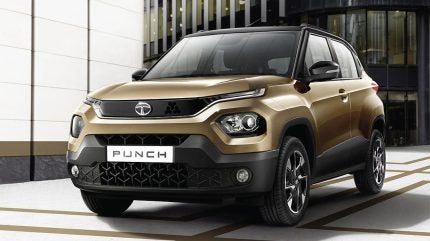
Tata Motors future models 2025-2035
This report looks at certain of the many next generation Tata models due for launch between now and the mid-2030s.

This report looks at certain of the many next generation Tata models due for launch between now and the mid-2030s.
